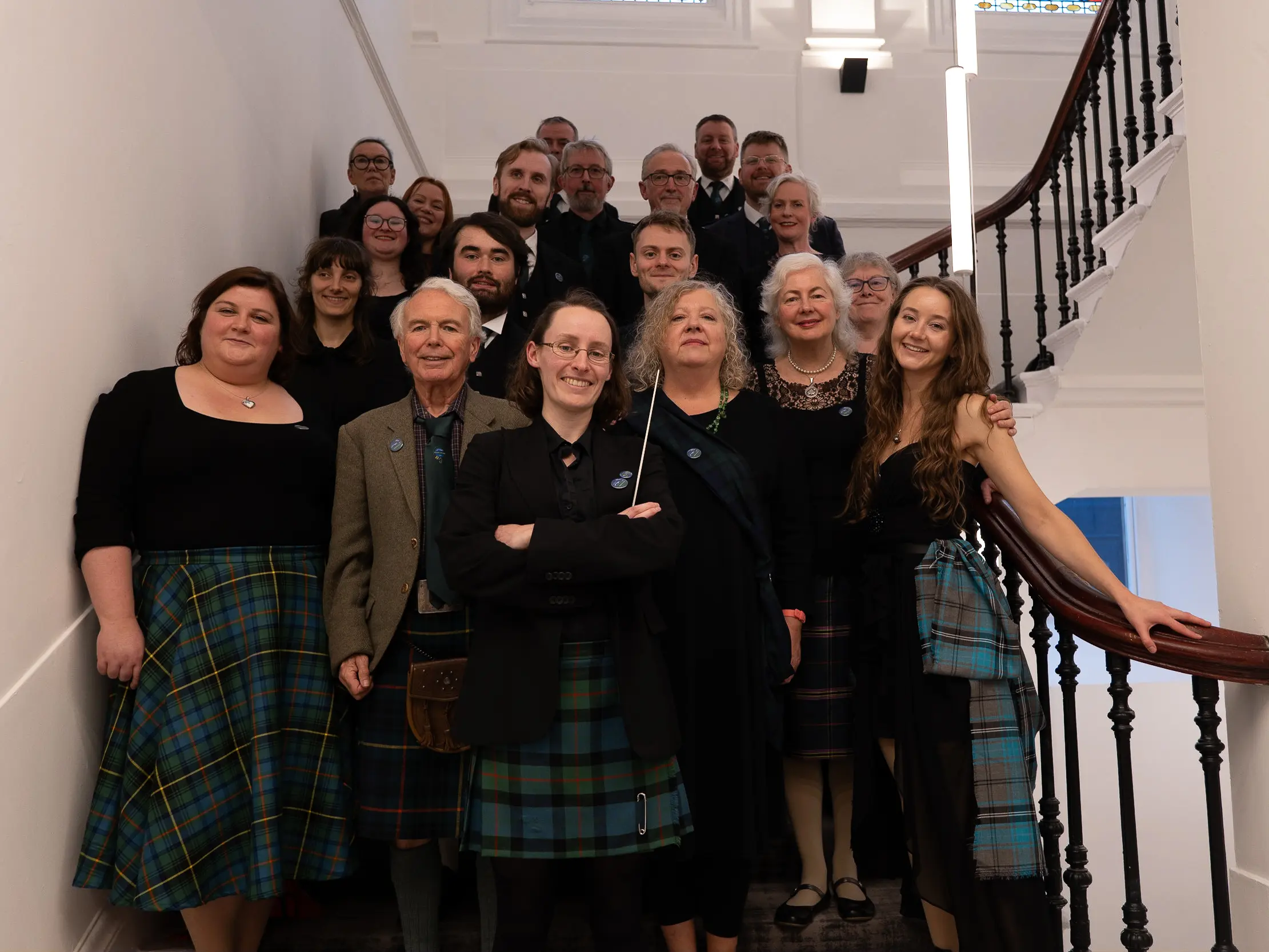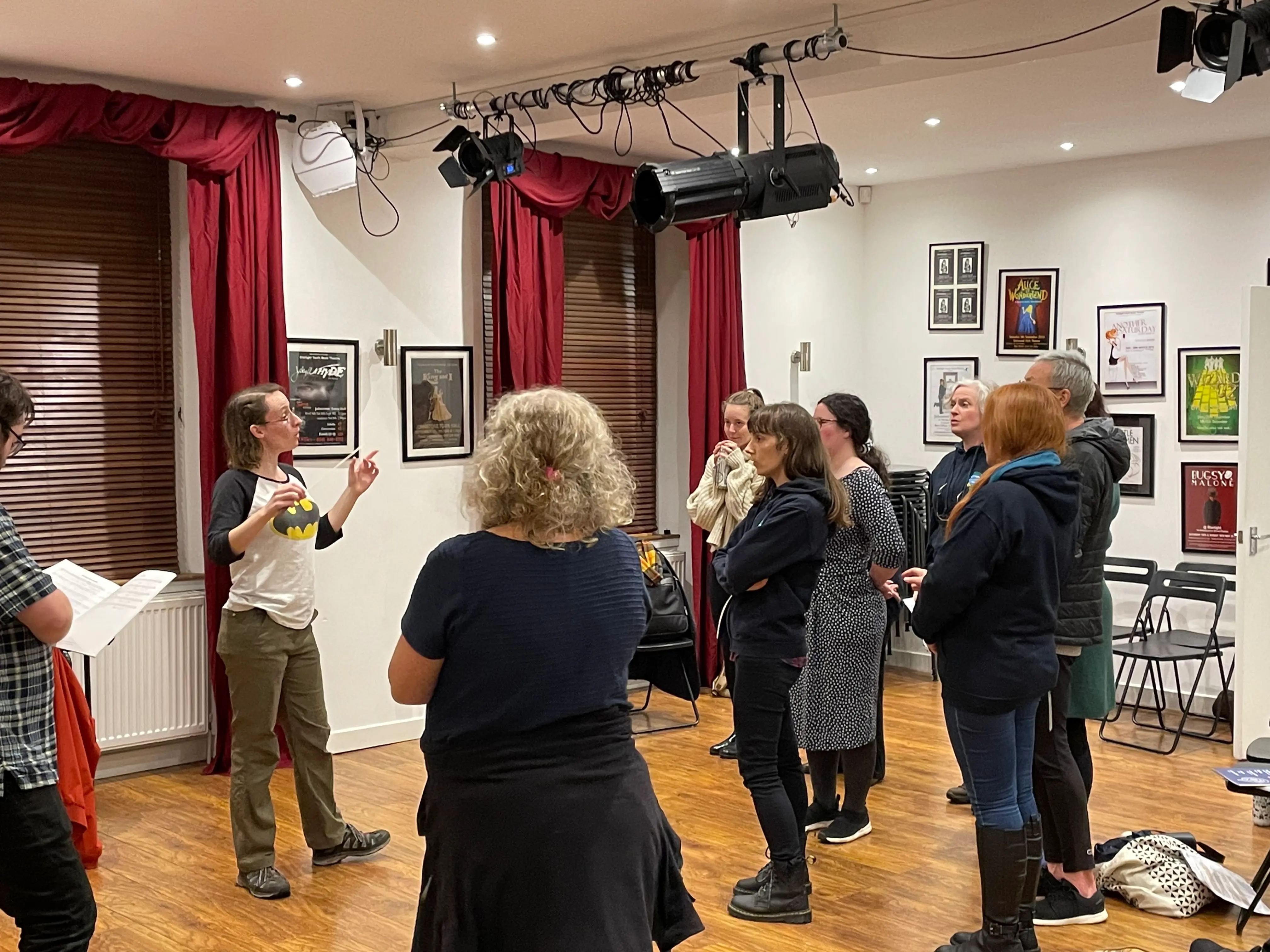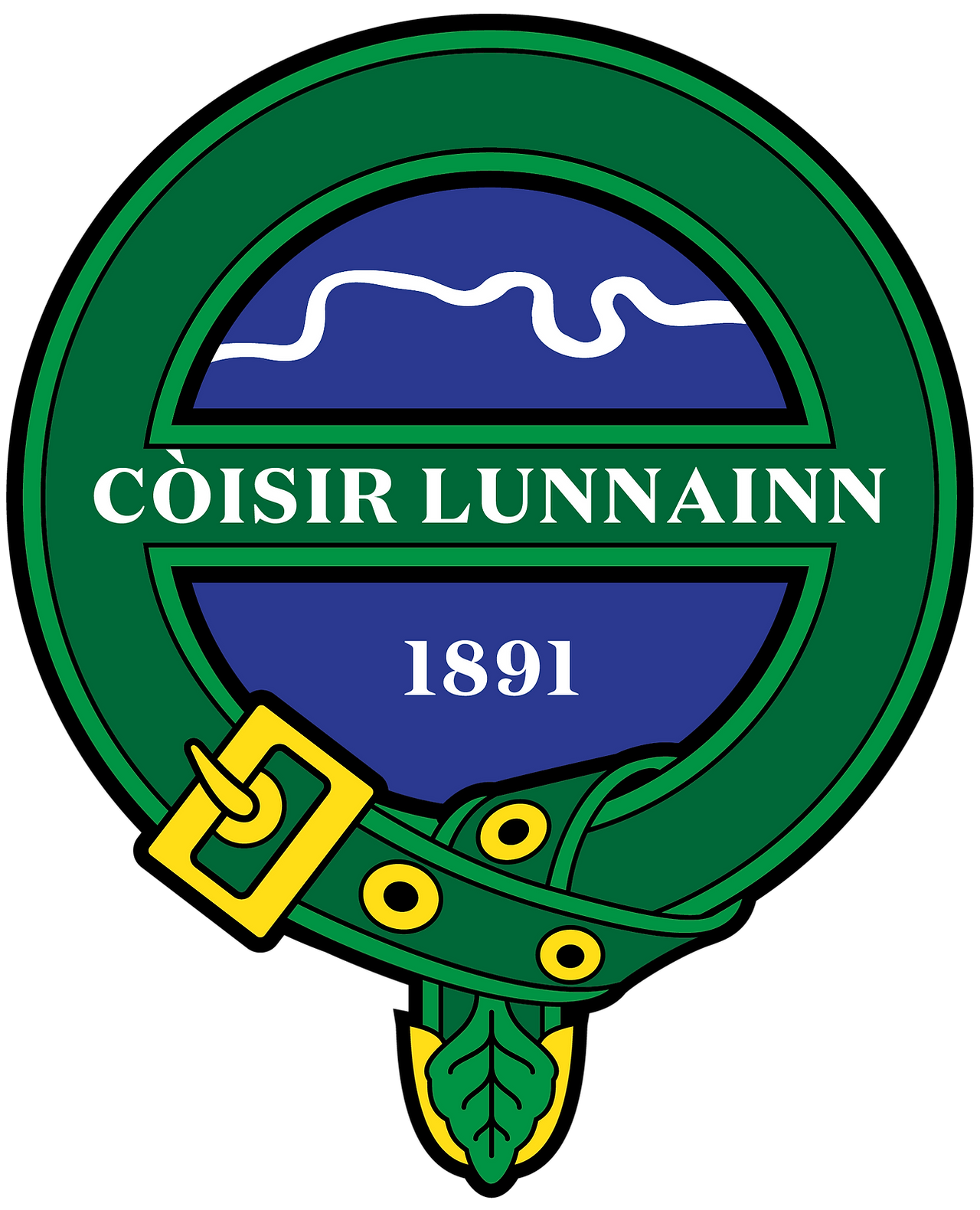
CÒISIR LUNNAINN
Ceòl - Càirdeas - Cliù
Fàilte gu làrach-lìn Còisir Lunnainn // Welcome to the London Gaelic Choir's website
Còisir Lunnainn [kosh-er loon-ein] was founded in London in 1891 and is the oldest running Scottish Gaelic choir in the world.

ABOUT THE CHOIR
Coisir Lunnainn is a friendly, non-auditioned choir, and we welcome all levels of Gaelic—whether you are a native speaker, a learner or you're just keen to give it a go.
We rehearse on Tuesday evenings, and have made these hybrid online/in-person rehearsals since March 2020, allowing all past and present members to connect, no matter where they are in the world.
